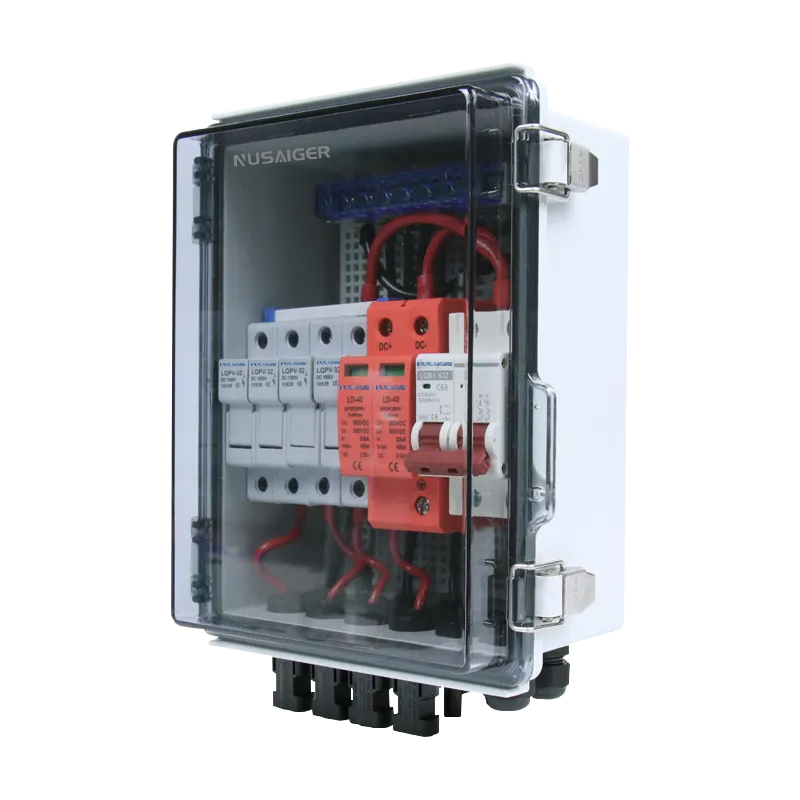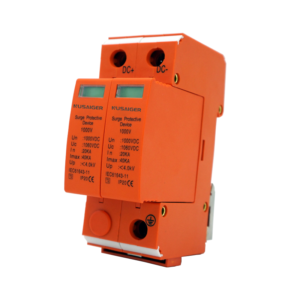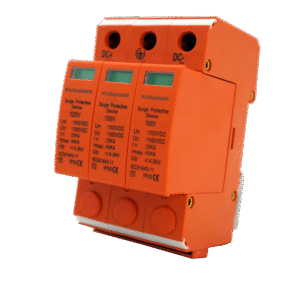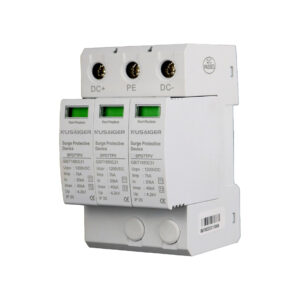Introduction
As solar + storage systems become the new norm, integrators are wondering: can PV combiner boxes be connected directly to energy storage systems (ESS)? The answer depends on the system architecture.
Use Case: DC-Coupled Systems
In a DC-coupled solar + battery setup, the PV array, combiner box, inverter, and battery are all linked on the DC side. This has advantages:
Fewer conversions (DC to AC and back)
Higher overall efficiency
Compact design and lower cost
Key Considerations for Integration
Voltage Matching
Ensure the battery charge controller and inverter are compatible with the combiner box output.
Isolation Requirements
DC isolators and disconnect switches must be added between battery and PV inputs.
Enhanced Safety Features
Overcharge protection
Fault current detection and isolation
Smart Monitoring
Integrate data from the combiner box into the BMS (battery management system)
Enables predictive control and system optimization
The Future: Hybrid PV Combiner Boxes
Manufacturers are now developing hybrid combiner boxes with:
Separate outputs for inverters and batteries
Dual-channel monitoring
Built-in MPPT tracking
Direct communication with hybrid inverters
Conclusion
Yes—combiner boxes can (and should) be integrated into energy storage systems when designed correctly. As solar evolves toward full energy ecosystems, expect combiner boxes to become even more versatile and intelligent.



